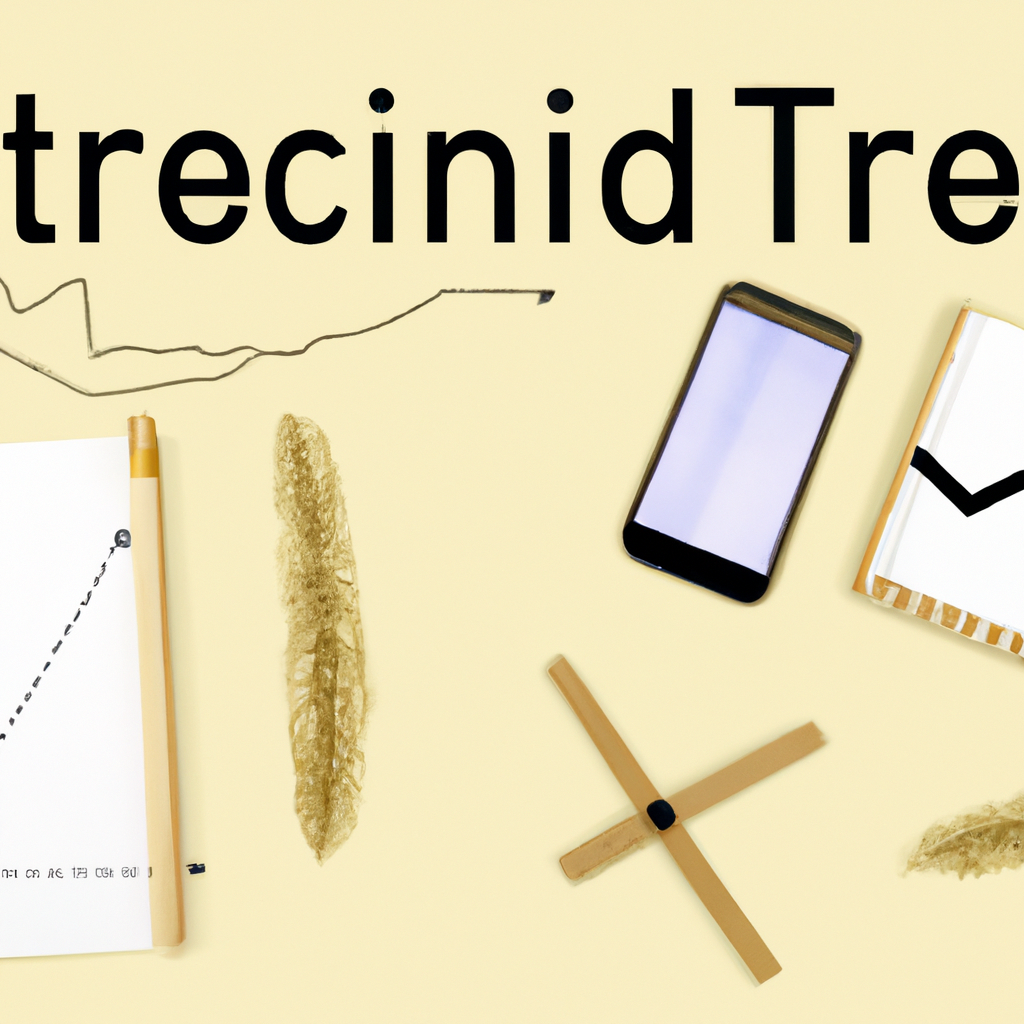
Trend Line Drawing Methods
When analyzing financial data or any kind of data that shows a trend over time, trend lines can be a useful tool to help identify patterns and make predictions. There are several methods for drawing trend lines, each with its own advantages and limitations. In this article, we will explore some of the most common trend line drawing methods.
Simple Linear Regression
One of the simplest and most commonly used methods for drawing trend lines is simple linear regression. This method involves fitting a straight line to the data points in such a way that the sum of the squared distances between the data points and the line is minimized. The equation of the line is typically in the form of y = mx + b, where y is the dependent variable, x is the independent variable, m is the slope of the line, and b is the y-intercept.
Exponential Smoothing
Exponential smoothing is another popular method for drawing trend lines, especially when dealing with time series data. This method involves assigning exponentially decreasing weights to past data points, with more recent data points given higher weights. The trend line is then calculated as a weighted average of the data points, with the weights determined by a smoothing factor.
Moving Averages
Moving averages are a simple yet effective method for drawing trend lines that smooth out fluctuations in the data. This method involves calculating the average of a certain number of data points over a specified time period, and plotting that average as the trend line. Moving averages can be simple (SMA) or exponential (EMA), with EMA giving more weight to recent data points.
Piecewise Linear Regression
Piecewise linear regression is a more complex method for drawing trend lines that involves fitting multiple straight lines to different segments of the data. This method is useful when the data exhibits multiple trends or changes in direction over time. By breaking the data into segments and fitting a separate line to each segment, piecewise linear regression can provide a more accurate representation of the overall trend.
Conclusion
There are many methods for drawing trend lines, each with its own strengths and weaknesses. The choice of method will depend on the nature of the data and the specific goals of the analysis. By understanding the various trend line drawing methods and their applications, analysts can make more informed decisions and improve the accuracy of their predictions.





